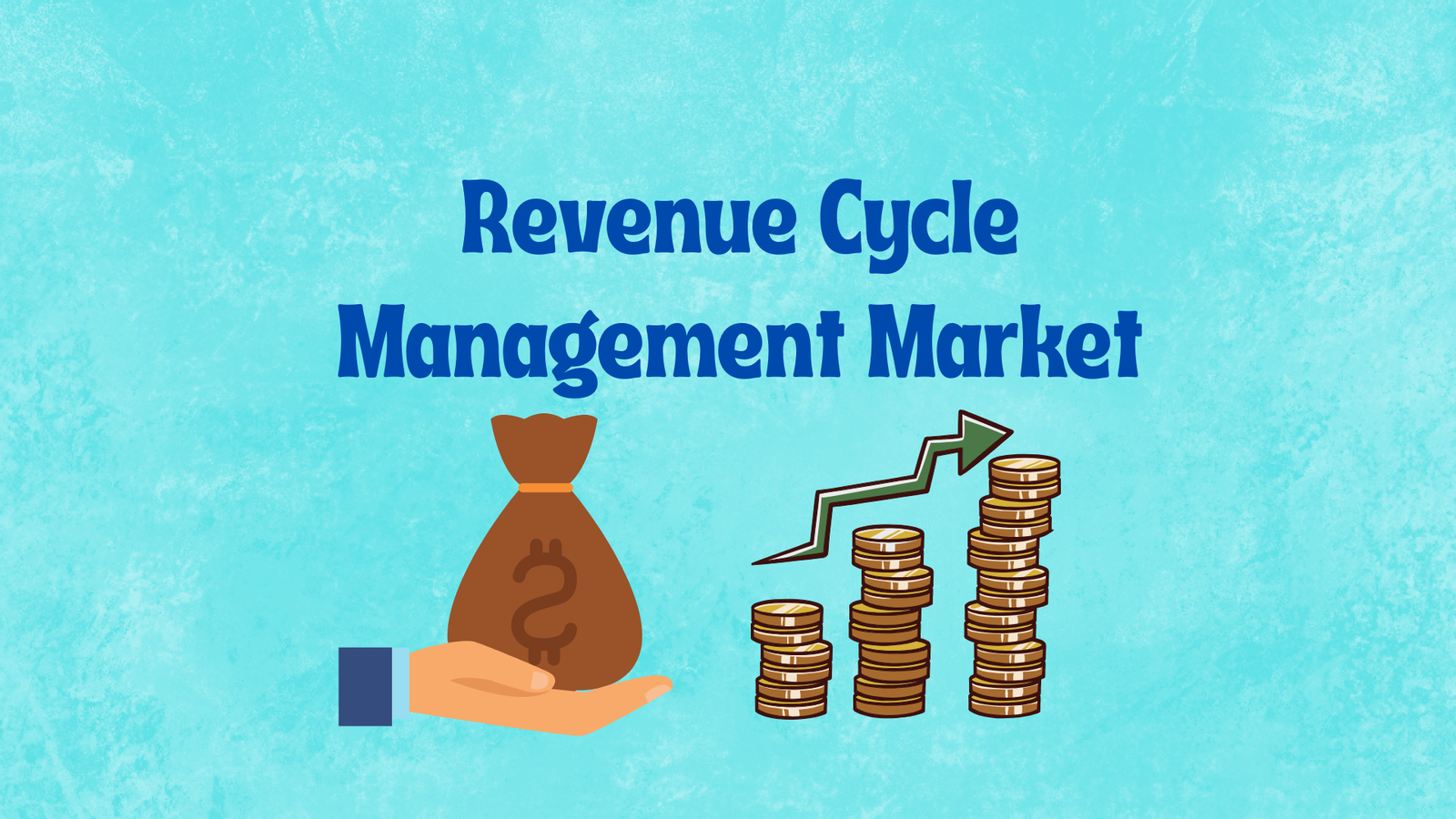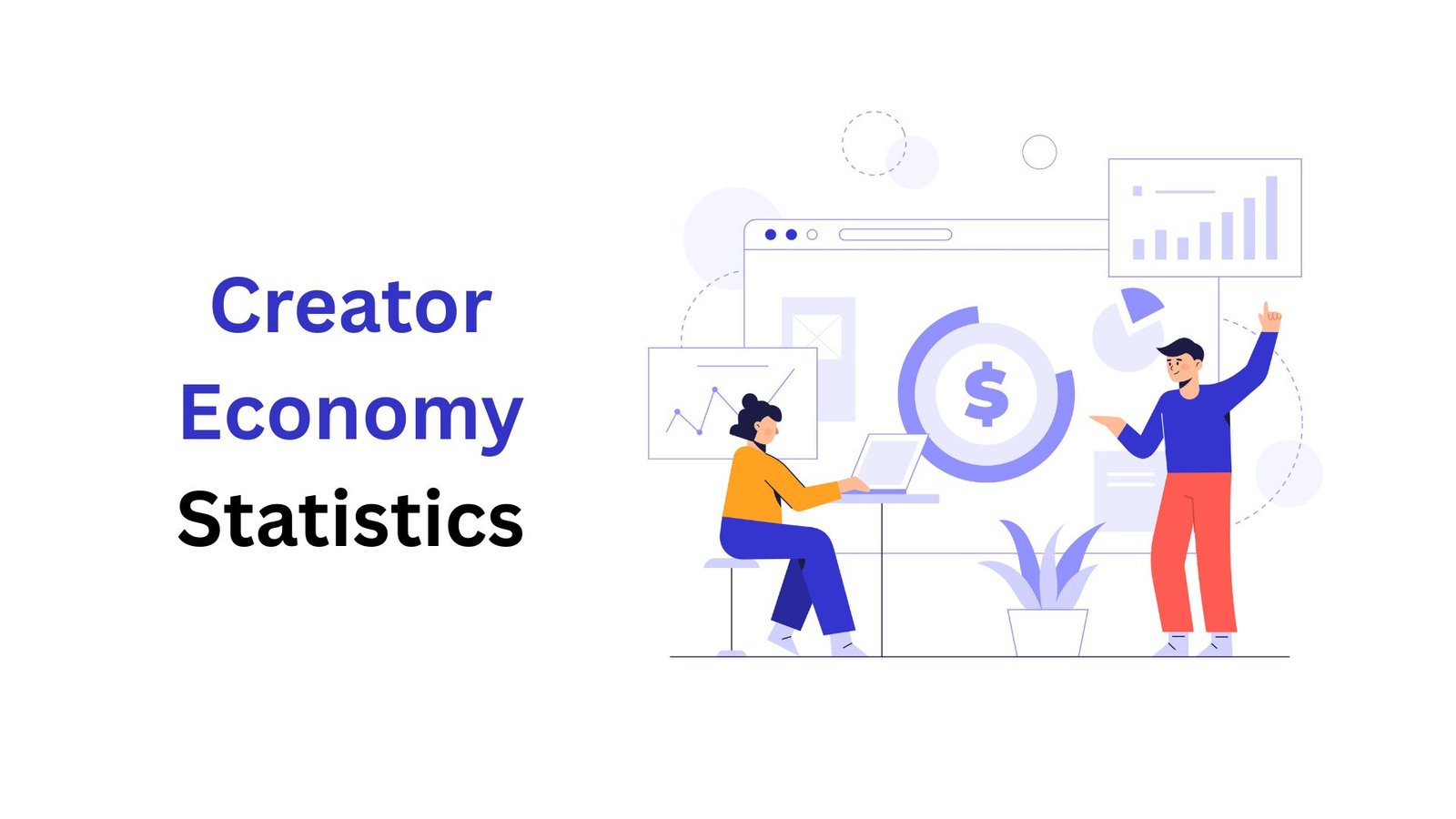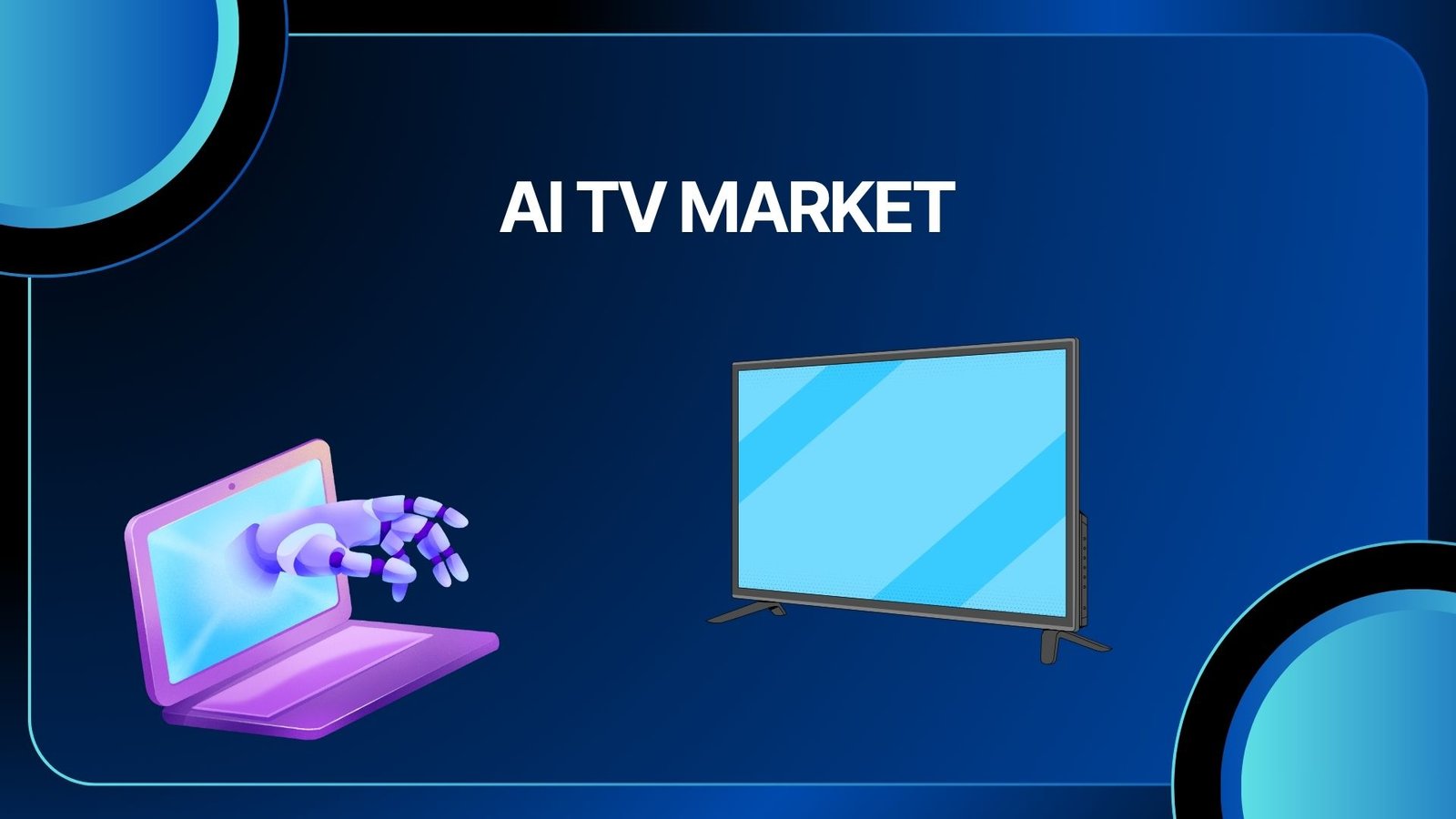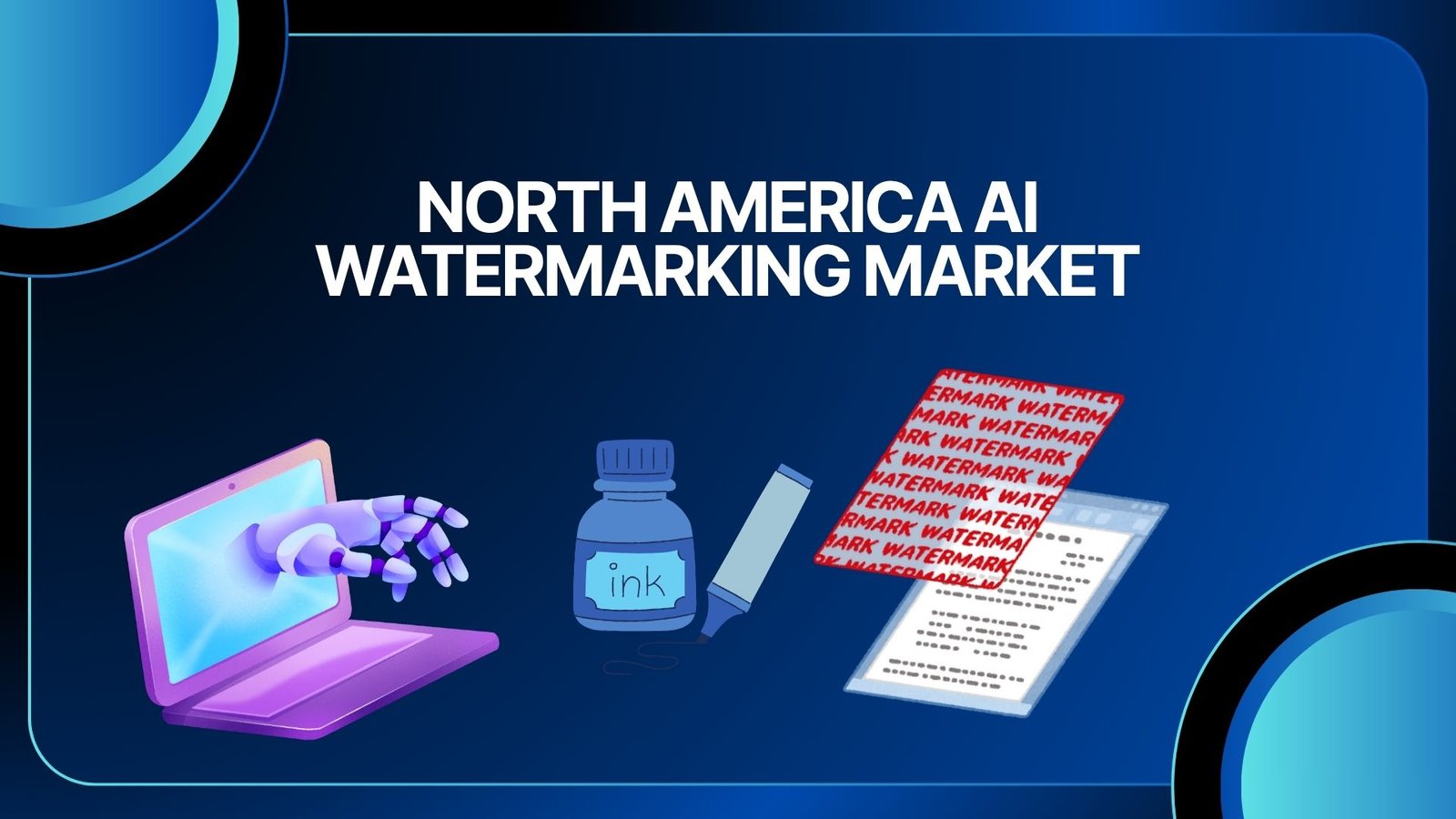E-commerce Market to hit USD 151.5 Trillion By 2034
Updated · Oct 31, 2025

WHAT WE HAVE ON THIS PAGE
E-commerce Market Size
According to Market.us, The Global E-commerce Market is projected to reach USD 151.5 trillion by 2034, rising from USD 28.29 trillion in 2024, at a CAGR of 18.29% from 2025 to 2034. In 2024, the Asia-Pacific (APAC) region led the market, accounting for over 45.7% of the global share and generating USD 12.8 trillion in revenue, driven by expanding digitalization, mobile commerce adoption, and growing internet penetration across emerging economies.
The eCommerce market in 2025 remains a fast-growing, dynamic sector with strong momentum from global consumer shifts toward online shopping. The expansion is visible through increasing retail sales moving online, driven by technological advancements and evolving consumer expectations. Statistics show that over 85% of consumers shop online regularly, with smartphones as the dominant platform for about 70% of shoppers. Consumers increasingly prioritize fast shipping and seamless customer experiences. This steady growth is underpinned by strong internet penetration worldwide and deep adoption of mobile commerce, reflecting a profound change in how people buy goods.

According to Upmetrics, global retail online sales are projected to reach $8.1 trillion by 2026, supported by over 26 million eCommerce stores worldwide. In 2023, nearly 2.64 billion people – about 33.3% of the global population – made online purchases. The U.S. eCommerce market is forecast to grow from $925 billion in 2023 to $1.41 trillion by 2027, with an average conversion rate of 2.3%.
Mobile commerce (M-commerce) continues to expand rapidly, with online sales expected to almost double to $710 billion by 2025. As reported by EcommerceTips, the average conversion rate across eCommerce platforms is 1.72%, while the cart abandonment rate stands at 71.98%, and the return rate for online purchases is 16.5%.
Consumer behavior shows that 89% of shoppers check reviews before buying, and 56% begin their search on Amazon. Mobile devices account for 59.9% of global eCommerce revenue, while desktops contribute 37.5%. Digital wallets dominate payment methods with a 49% share, followed by credit cards at 21%. Additionally, email marketing remains a high-performing strategy, yielding an average return of $45 for every $1 spent.
Quick Market Facts
| Key Segment | Lead Segment | Market Share / Value |
|---|---|---|
| By Technology | Machine Learning and Predictive Analytics | 49.2% |
| By Application | Subject-Specific Tutoring | 52.1% |
| By End-use | K-12 | 62.4% |
| By Region | North America | 36.4% |
| By Country | United States | USD 0.57 Billion (CAGR 30.3%) |
Top driving factors behind the eCommerce market’s surge include expanding internet access, mobile device usage, and a growing diversity of payment options. About 49% of online shopping journeys start and end on retailer platforms, signaling a preference for branded ecosystems. Increased smartphone usage for shopping, rising consumer demand for speed in delivery, and growing trust in digital payments collectively drive sales upward. Also, the rise of social commerce and augmented reality buying tools add critical momentum by enhancing buyer engagement through immersive experiences.
Demand analysis points to consumers wanting variety, convenience, and quick access to products. Over one-third of shoppers typically spend less than $200 per month online, indicating that frequent, smaller transactions dominate the market. Holiday seasons still account for nearly a quarter of online purchases, reinforcing the cyclical yet robust demand. Automation and AI tools improve demand forecasting for sellers, reducing stockouts and better matching supply with consumer needs. This data-driven approach fuels efficiency and profitability across eCommerce operations.
Investment and Business benefits
Investment opportunities abound, ranging from equity funding in promising eCommerce ventures to debt financing for established players. Investors capitalize on the sector’s ongoing growth and innovation, with mergers and acquisitions adding another layer of option. Investments in underlying technology infrastructure and customer experience tools are particularly attractive, offering more stable returns aligned with consumer trends. The overall digital shift makes eCommerce an appealing asset class, combining fast growth with evolving technology potential.
Business benefits of eCommerce span increased sales due to broader customer reach, reduced overhead from lower operational expenses, and continuous market availability without geographical limits. The always-on nature of eCommerce allows transactions 24/7, expanding business hours dramatically. Automation tools streamline financial, inventory, and shipping processes, freeing resources for strategic growth. Plus, the ability to display products attractively online helps sellers win more customers and scale faster than bricks-and-mortar models.
By Model Type Analysis
In 2024, the Business to Business (B2B) segment of the e-commerce market held a dominant position, capturing a substantial market share of 70.7% that underscores its pivotal role in global commerce. This dominance can be attributed to several key factors that highlight the intrinsic strengths and future potential of the B2B e-commerce sector.
E-commerce Market Revenue Share, By Model Type, 2024 (%)
| Model Type | Revenue Share, 2024 (%) |
|---|---|
| Business-to-Business (B2B) Model | 70.7% |
| Business-to-Consumer (B2C) Model | 29.3% |
By Application Analysis
In 2024, the Home Appliances segment held a commanding position in the e-commerce market, capturing more than a 25.9% share. This significant market presence can be attributed to several converging factors that have fueled the growth and preference for home appliances purchased online.
E-commerce Market Revenue Share, By Application, 2024 (%)
| Application | Revenue Share, 2024 (%) |
|---|---|
| Home Appliances | 25.9% |
| Beauty & Personal Care | 11.0% |
| Consumer Electronics | 18.2% |
| Clothing & Footwear | 15.4% |
| Healthcare | 9.7% |
| Automotive | 5.9% |
| Books & Stationery | 4% |
| Others | 9.9% |
Driver
Smartphone and Internet Penetration
The rapid growth of smartphone users and widespread access to high-speed internet have been major drivers in expanding eCommerce markets globally. Affordable smartphones and low data costs have enabled a broader population, including those in rural and underserved areas, to shop online more conveniently. This increase in connectivity has allowed eCommerce platforms to reach new customer segments that were previously difficult to access, thus boosting overall market growth.
Additionally, the spread of mobile technology supports on-the-go shopping experiences and mobile payment adoption, enhancing user convenience and engagement. Social media platforms have also become critical in driving online traffic and consumer interaction with brands, making internet penetration a vital factor in eCommerce expansion.
Restraint
Logistics and Supply Chain Challenges
Despite growing demand, one significant restraint for eCommerce is the complexity and cost associated with logistics, especially across interstate or international borders. Inconsistent logistics infrastructure often leads to delays and increased costs, which can frustrate customers and raise return rates. Reverse logistics, or the process of handling product returns, adds further expense and operational complexity.
These logistics challenges create obstacles in maintaining fast and reliable delivery – one of the key expectations of online shoppers. For many markets, especially in developing countries or non-metropolitan areas, underdeveloped transportation networks hamper the ability to meet consumer demand efficiently, limiting growth potential.
Opportunity
Growth of Quick Commerce and Emerging Markets
The rise of quick commerce – ultra-fast delivery services – represents a significant opportunity in eCommerce by reshaping consumer expectations around speed and convenience. Quick commerce platforms promise delivery times often under 30 minutes, expanding product offerings beyond groceries to a broad range of categories. This model is gaining particular traction in crowded metropolitan areas, boosting order volumes and customer loyalty.
Emerging markets also offer vast untapped potential due to rising digital literacy, growing middle-class incomes, and expanding internet access. Many consumers in tier-2 and tier-3 cities or rural areas are newly adopting online shopping, opening new avenues for eCommerce players. Businesses that can adapt to local preferences and payment methods are positioned to capture significant market share in these regions.
Challenge
Evolving Customer Expectations and Technology Integration
Online retailers face the ongoing challenge of meeting rapidly evolving customer expectations for personalization, payment options, and delivery flexibility. Consumers now demand seamless, transparent shopping experiences with diverse payment methods and real-time order updates. Keeping pace with these demands requires constant innovation and investment in technology.
Moreover, integrating advanced technologies such as AI-powered chatbots, recommendation engines, and automated supply chain solutions can be complex and costly. Businesses must balance technology adoption with preserving a human touch in customer interactions, ensuring that automation enhances rather than detracts from the shopping experience. Failure to successfully navigate this balance may result in lost customers and decreased loyalty.
Key Market Segments
By Model Type
- Business to Consumer (B2C)
- Business to Business (B2B)
By Application
- Home Appliances
- Consumer Electronics
- Beauty & Personal Care
- Clothing & Footwear
- Healthcare
- Books & Stationery
- Others
Regional Analysis
n 2024, the Asia-Pacific (APAC) region held a dominant position in the e-commerce market, capturing more than 45.7% market share and generating revenue upwards of USD 12.8 trillion. This dominant position is largely attributed to the substantial digital consumer base and rapid technological advancements across major APAC economies such as China, India, and Japan.
E-commerce Market Revenue Share, By Region, 2024 (%)
| Region | Market Share, 2024 (%) |
|---|---|
| Asia Pacific | 45.7% |
| North America | 29.80% |
| Europe | 16.9% |
| LAMEA (Latin America, Middle East, and Africa) | 7.6% |
Key E-commerce Companies
- Amazon.com, Inc.
- Alibaba.com
- ASOS
- Costco Wholesale Corporation
- Dangdang
- eBay Inc.
- Flipkart.com
- JD.com
- Lazada
- MercadoLibre S.R.L.
- Shopify
- Shopee
- Walmart
- Wayfair LLC
- Zalando
Source of Information – https://market.us/report/e-commerce-market/
Sources

After graduating in Electrical Engineering, Maitrayee moved into writing after working in various technical roles. She specializes in technology and Artificial Intelligence and has worked as an Academic Research Analyst and Freelance Writer, focusing on education and healthcare in Australia. Writing and painting have been her passions since childhood, which led her to become a full-time writer. Maitrayee also runs a cooking YouTube channel.









